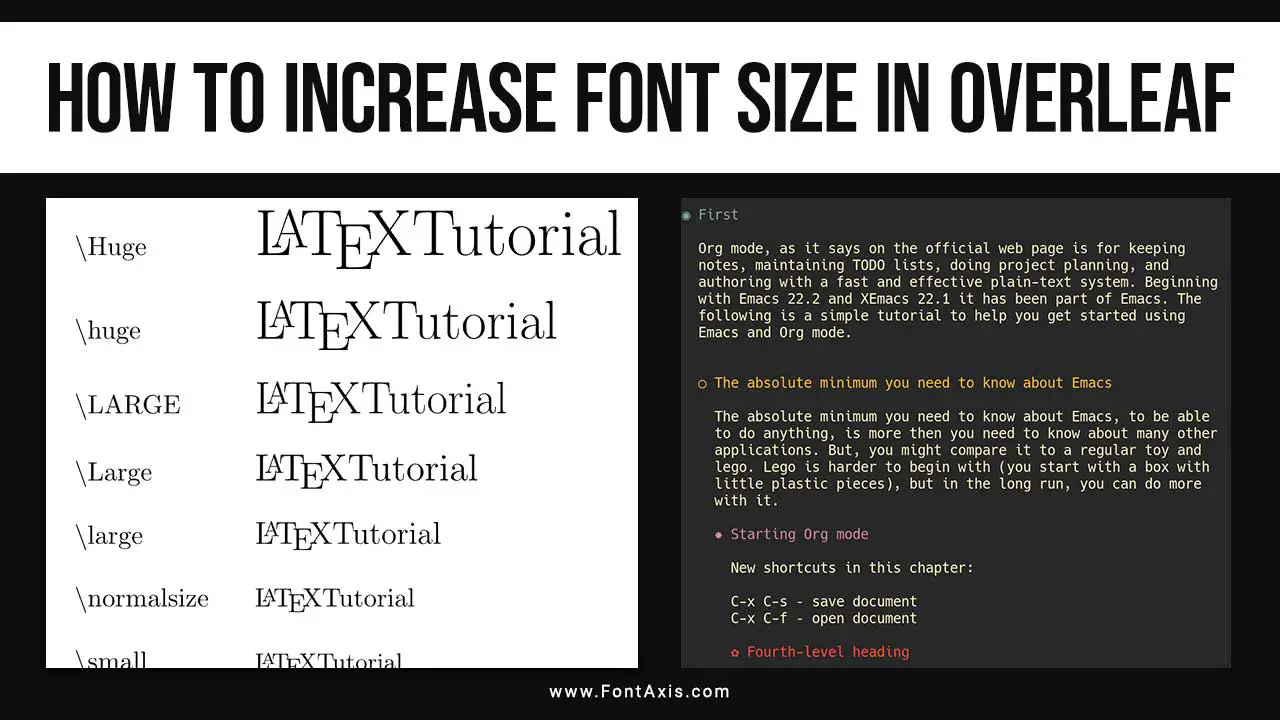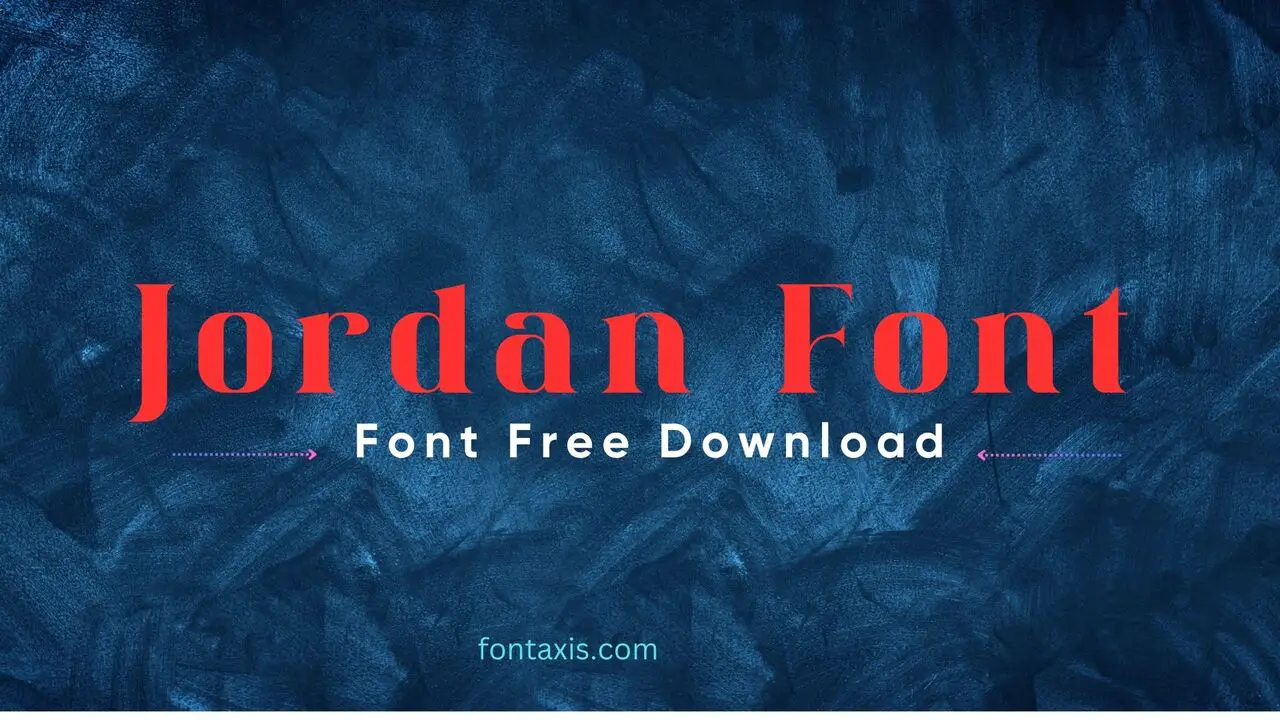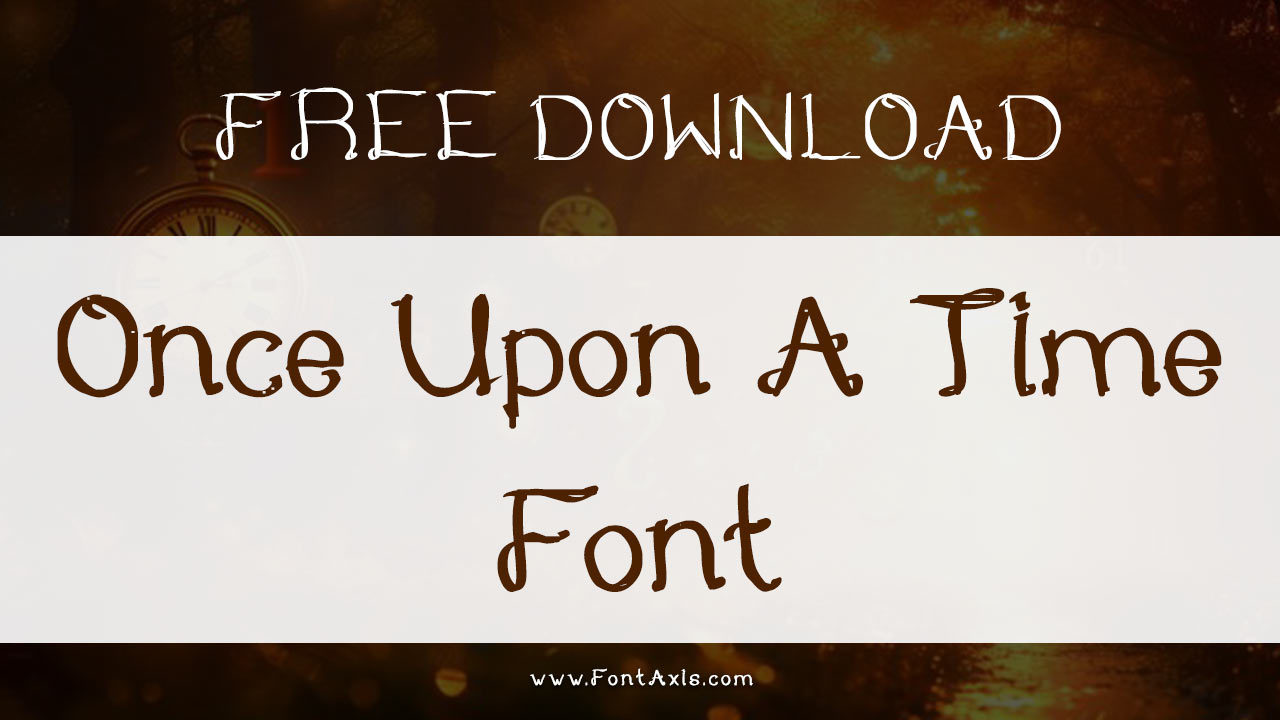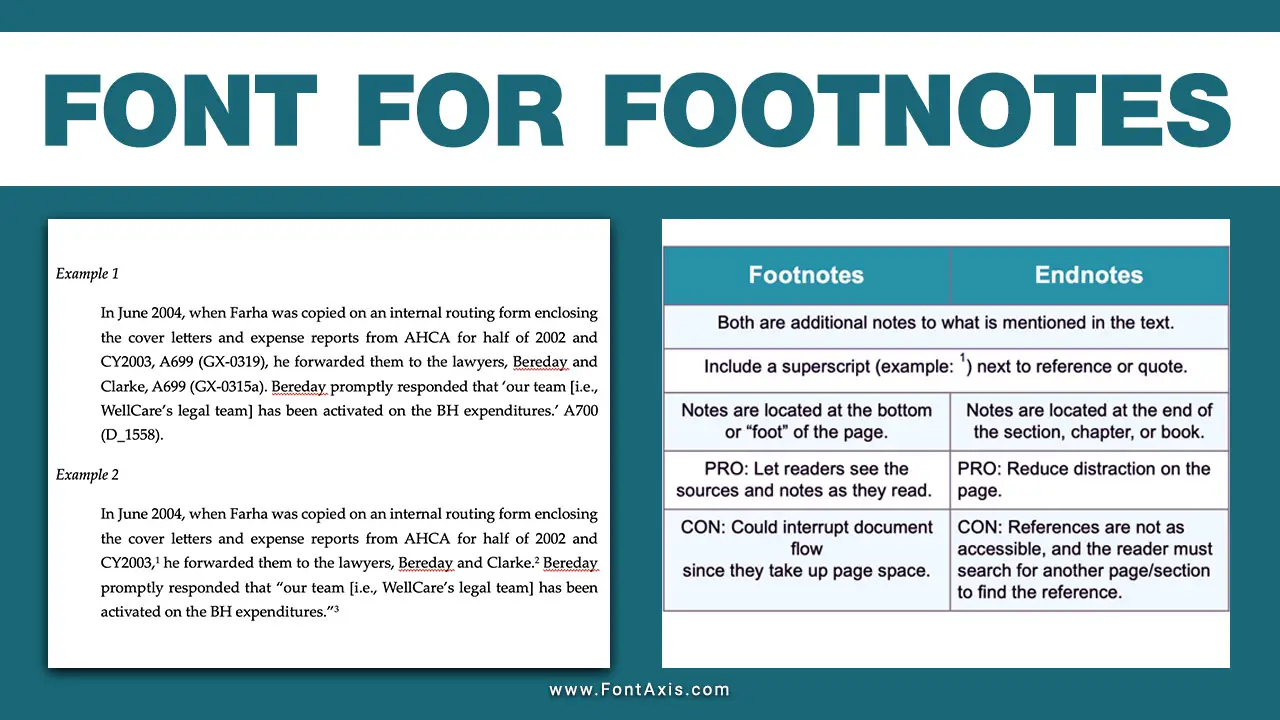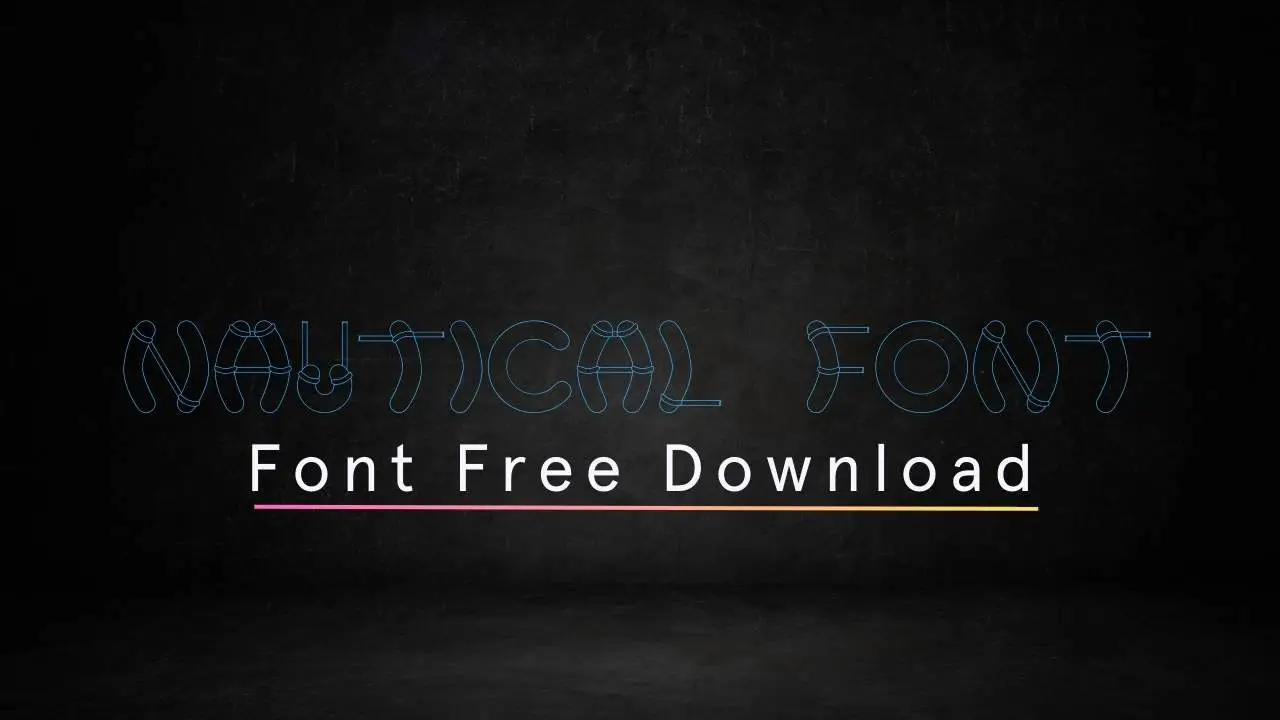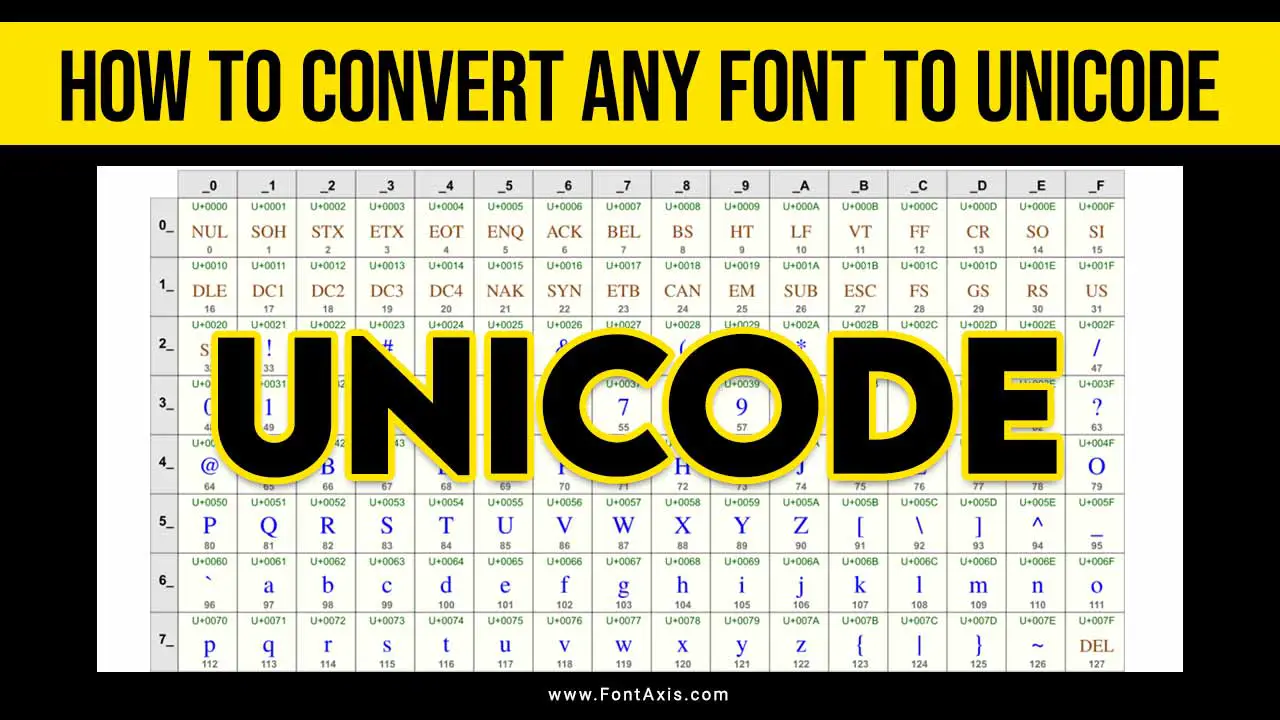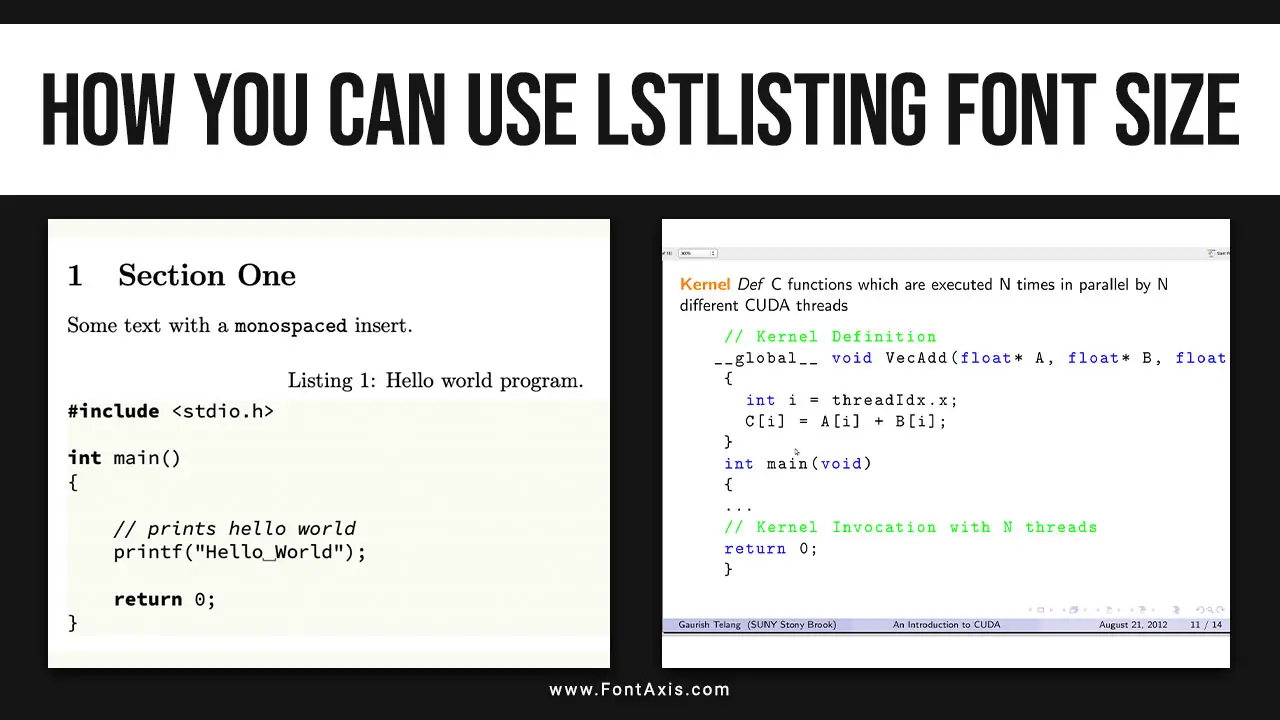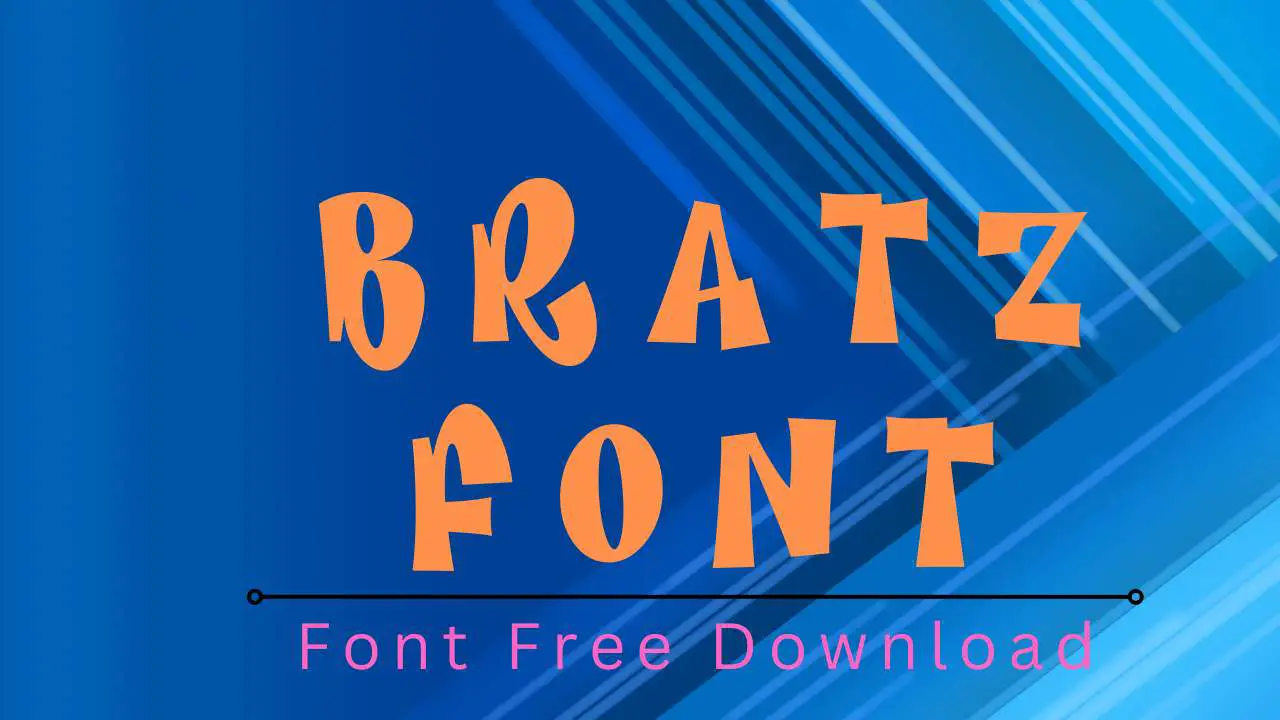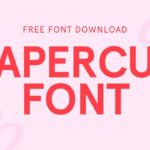The McDonald’s font is an iconic typeface closely associated with the fast-food chain. Though not publicly available, many compare it to Helvetica Black.
Its bold and simple design defines its strong visual impact. Created by Jim Schindler in 1968, the golden arches became a symbol of consistency, forming the basis for the McDonald’s logo we recognize today.
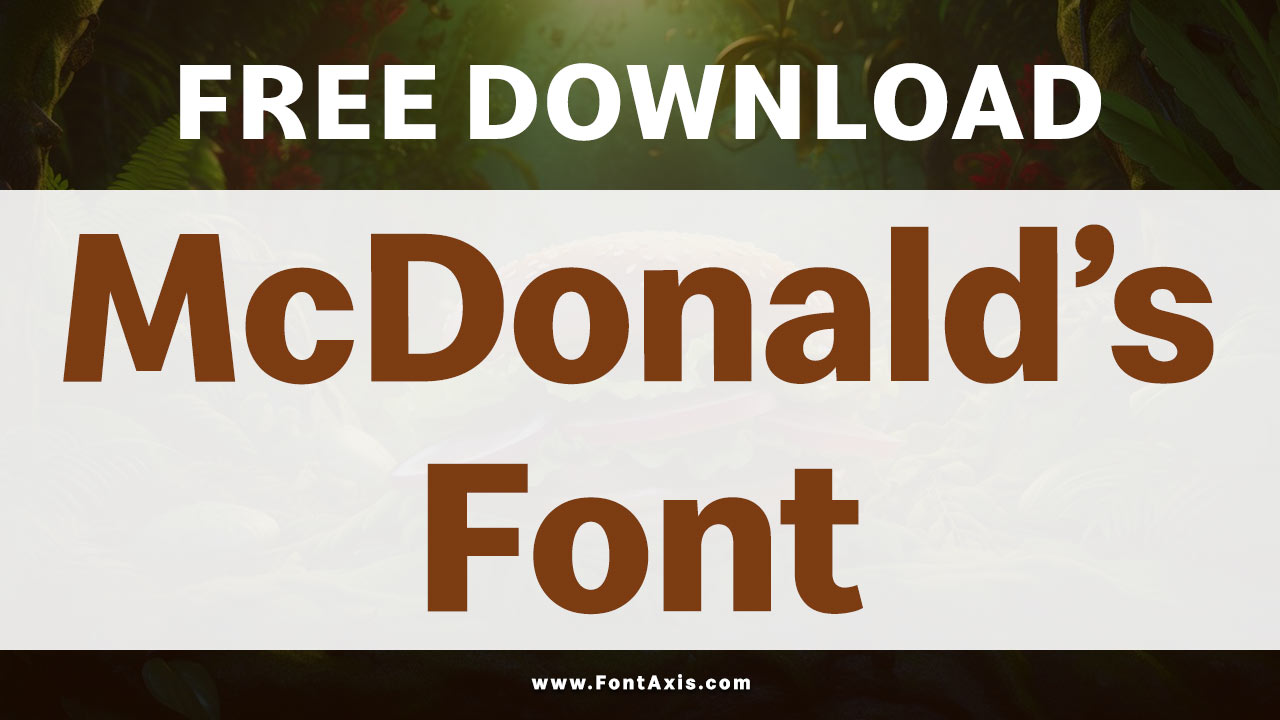
McDonald’s Font Information
| Property | Details |
|---|---|
| Name | Helvetica Black (Similar) |
| Style | Sans-Serif |
| Designer | Jim Schindler |
| File Format | Not publicly available |
| License | Not free |
| Type | Display |
McDonald’s Font Family Includes
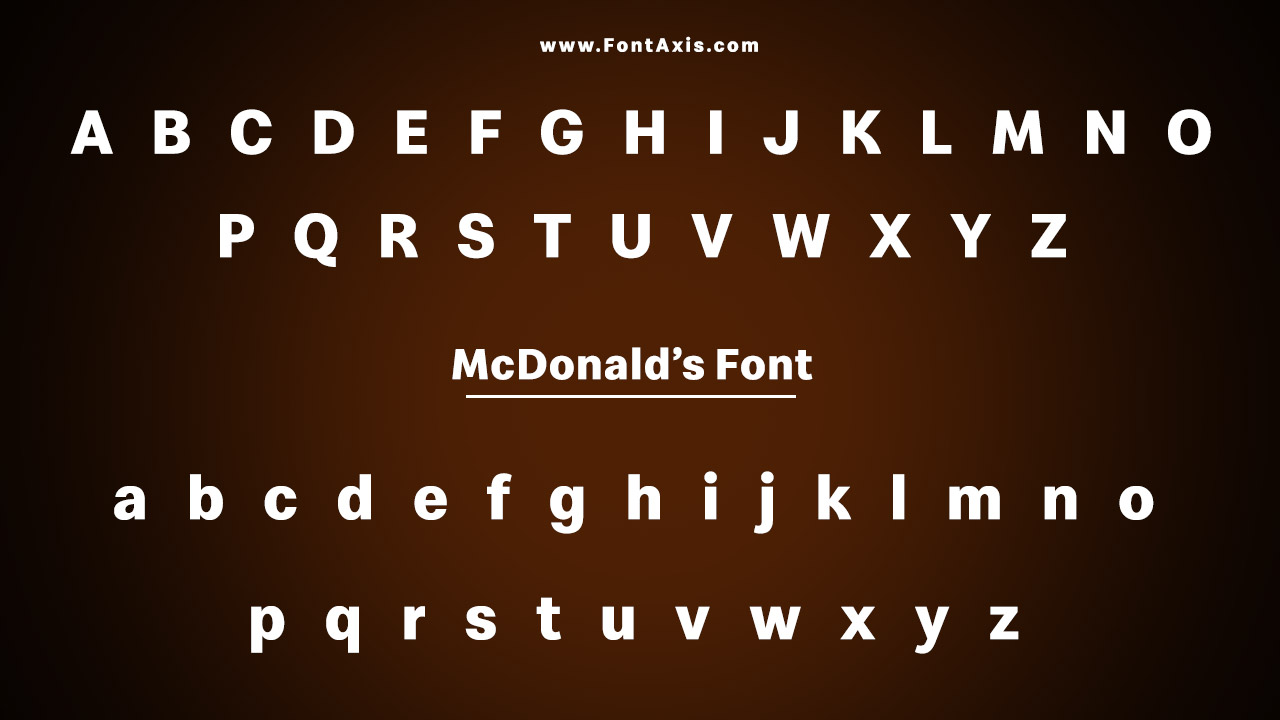
- McDonalds Helvetica Black
Where McDonald’s Font Is In Use
- McDonald’s Logo
- Marketing Materials
- McDonald’s Website
- McDonald’s Advertising Campaigns
The McDonald’s Font is not just about the visual appeal of the golden arches. It’s about the brand’s consistency, which translates into recognizability and familiarity across the globe. Whether you’re looking at a McDonald’s ad, a Happy Meal box, or a website banner, the font remains a constant, offering a sense of trust and familiarity to millions of consumers.
Similar Fonts
Though the McDonald’s font itself is not available for public use, several similar fonts capture the bold, simple design elements of the original:
- Nicebruh
- Black Bison
- Lemons
- Automatica (BRK)
- Wonder Boys
These fonts provide a similar feel and can be handy for projects that want to evoke the spirit of McDonald’s without directly using the proprietary typeface.
Font Pairing With McDonald’s Branding
To complement the McDonald’s Font in branding materials, fonts like Lovin Sans work well. Lovin Sans has a similar clean, modern feel, and you can pair it with the McDonald’s font for headlines or subtitles while still keeping the overall aesthetic of the brand. The clean and approachable design helps create the perfect visual harmony between typography and graphics.
Conclusion
The McDonald’s font embodies simplicity and consistency, reflecting the fast-food giant’s branding approach. Whether on packaging or digital platforms, it remains one of the most recognized typefaces globally. The use of complementary fonts like Lovin Sans enhances the overall design, contributing to McDonald’s long-standing brand familiarity.
FAQs
1.Can I Use The Mcdonald’s Font For Personal Use?
The McDonald’s font is proprietary, meaning it’s not publicly available for personal use or commercial use without permission. You can, however, use similar fonts for personal projects.
2.What Is The Font Used In Mcdonald’s Logo?
The McDonald’s logo uses a custom-designed font, but it’s often compared to Helvetica Black due to the bold and clean lines.
3.Who Designed The Mcdonald’s Logo?
The iconic McDonald’s golden arches logo was designed by Jim Schindler in 1968, playing a huge part in the brand’s visual identity.
4.Is There A Similar Font Available?
Yes, Helvetica Black and Lovin Sans are similar to the McDonald’s font and are available for personal use. These fonts capture the bold and clean essence of McDonald’s branding.
5.Where Can I Find Mcdonald’s Font Alternatives?
Fonts like Lovin Sans, Modern Sans-Serif, and Black Bison are good alternatives to the McDonald’s font. These can be downloaded from various font repositories for personal use.
6.What Role Does The Mcdonald’s Font Play In Branding?
The McDonald’s font ensures visual consistency and contributes to the brand’s recognition. It is used across various advertising platforms, product packaging, and digital interfaces, making it an essential part of their overall branding strategy.

